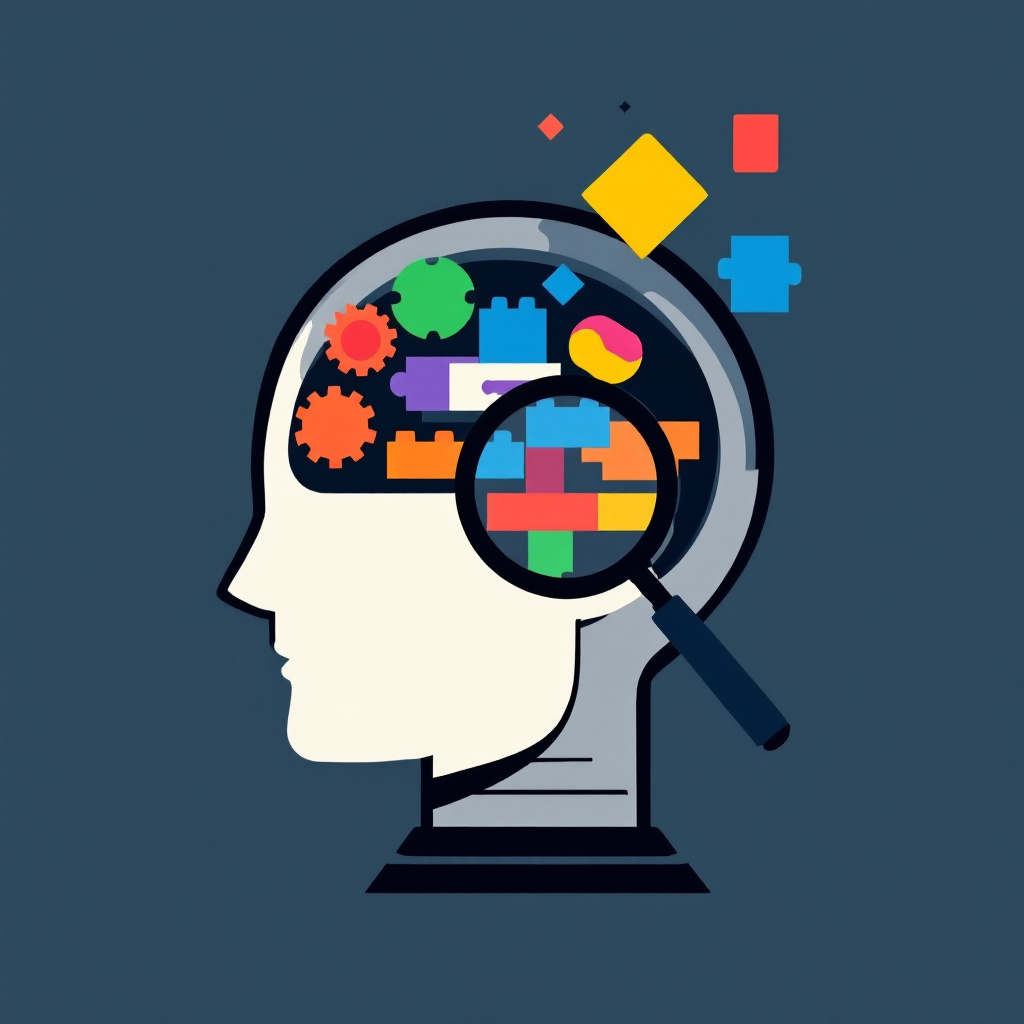In the vast realm of artificial intelligence and machine learning, few concepts are as fundamental as vector spaces. These mathematical constructs form the bedrock upon which many of our most sophisticated algorithms are built. From the natural language processing systems that power your favorite chatbots to the image recognition software in your smartphone's camera, vector spaces are the hidden framework that makes modern AI possible.
But what exactly are vector spaces, and why are they so crucial to machine learning? Let's embark on a journey to demystify this concept, bridging the gap between overly simplistic explanations and PhD-level complexity.
A Brief History of Vector Spaces
Before we dive into the nitty-gritty of vector spaces, it's worth taking a moment to appreciate their historical context. The concept of vectors has roots that stretch back to ancient times, with early mathematicians using geometric representations to solve problems. However, the modern understanding of vector spaces as we know them today began to take shape in the late 19th and early 20th centuries. Mathematicians like Giuseppe Peano, David Hilbert, and Hermann Weyl played crucial roles in formalizing the concept of vector spaces. Their work laid the groundwork for the field of linear algebra, which is the mathematical backbone of much of modern machine learning and the bane of every American high school student's existence.
Fast forward to the present day, and vector spaces have become an indispensable tool in computer science, particularly in the realm of artificial intelligence. They provide a way to represent complex data in a form that computers can efficiently process and analyze.
Vector Spaces: The Basics
At its core, a vector space is a collection of objects called vectors, which can be added together and multiplied by scalars (regular numbers). These operations must satisfy certain strict rules, but we won't delve too deep into the mathematical formalism here.
Instead, let's focus on understanding vectors intuitively. You can think of a vector as an arrow pointing in a specific direction. This arrow has both magnitude (length) and direction. But vector spaces aren't limited to just two or even three dimensions. In machine learning, we often work with vectors that have hundreds or even thousands of dimensions - ChatGPT 3 uses 2,048 dimensions. While this might seem mind-bending at first, it's this high-dimensionality that gives vector spaces their power in representing complex data.
Visualizing Multi-Dimensional Spaces
One of the challenges in working with vector spaces in machine learning is that they often exist in dimensions far beyond what we can visualize. While we can easily picture a 2D or 3D space, trying to imagine a 2,048-dimension space is, well, nearly impossible for my finite human brain.
However, we can use some tricks to help us conceptualize these high-dimensional spaces. One approach is to use projection techniques that map high-dimensional data onto lower-dimensional spaces. Imagine using a flashlight to cast the shadow of a teddy bear onto a wall. Another approach would be to use clustering, where you would imagine each value as an attribute, "favorite color", "favorite animal".
Another way to think about high-dimensional spaces is to consider how properties of spaces change as dimensions increase. For instance, in high-dimensional spaces, most of the volume of a hypersphere is concentrated near its surface, a phenomenon known as the "curse of dimensionality." This has important implications for machine learning algorithms that operate in these spaces.
Vector Spaces in Action: Real-World Applications
Now that we have a basic understanding of vector spaces, let's explore how they're used in various machine learning applications.
1. Natural Language Processing (NLP)
In NLP, words are often represented as vectors in a high-dimensional space. This technique, known as word embedding, allows us to capture semantic relationships between words. For example, in a well-trained word embedding space, the vector for "puppy" minus "dog" plus "cat" might result in a vector very close to "kitten."
2. Image Recognition
In computer vision, images are often represented as vectors. Each pixel in an image can be thought of as a dimension in a vector space. Convolutional Neural Networks (CNNs), which are the backbone of many image recognition systems, essentially learn to navigate this high-dimensional space to classify images.
3. Recommendation Systems
Many recommendation systems use a technique called collaborative filtering, which can be implemented using vector spaces. Users and items (like movies or products) are represented as vectors in a shared space, and recommendations are made based on the proximity of these vectors.
Vector Spaces vs. LLM Embeddings
As we venture into the cutting-edge territory of Large Language Models (LLMs) like GPT-3 and its successors, it's important to understand how the concept of vector spaces evolves. While LLM embeddings share some similarities with traditional vector spaces, there are some key differences.
Traditional vector spaces in NLP, like those used in word2vec, typically have a fixed dimensionality and a static mapping between words and vectors. Once trained, the vector for a word like "cat" remains constant.
LLM embeddings, on the other hand, are more dynamic and context-dependent. In models like BERT or GPT, the embedding for a word can change based on its context within a sentence. This allows these models to capture more nuanced meanings and handle polysemy (words with multiple meanings) more effectively.
The Power and Limitations of Vector Spaces
Vector spaces are incredibly powerful tools in machine learning, but they're not without their limitations. Understanding these can help us appreciate where vector spaces excel and where other approaches might be needed.
Advantages:
- Efficient Computation: Vector operations can be highly optimized, allowing for fast processing of large datasets.
- Dimensionality Reduction: Techniques like PCA allow us to compress high-dimensional data while preserving important features.
- Intuitive Representation: Many real-world phenomena can be naturally represented as vectors, making vector spaces a good fit for various problems.
Limitations:
- Curse of Dimensionality: As the number of dimensions increases, the volume of the space increases so fast that available data becomes sparse, which can lead to overfitting in machine learning models.
- Lack of Interpretability: High-dimensional vector spaces can be difficult for humans to interpret, making it challenging to understand why a model made a particular decision.
- Assumptions of Linearity: Many vector space methods assume linear relationships, which may not always hold in complex, real-world scenarios.
Conclusion
Vector spaces are the unsung heroes of modern machine learning. They provide a powerful framework for representing and manipulating data, enabling the sophisticated algorithms that drive today's AI systems. From the word embeddings that power natural language processing to the high-dimensional spaces navigated by image recognition systems, vector spaces are ubiquitous in the field of artificial intelligence.
As we've seen, understanding vector spaces involves balancing abstract mathematical concepts with practical applications. While the math can get complex, the fundamental ideas are intuitive: we're representing objects as points in a multi-dimensional space, where the dimensions correspond to features or attributes of those objects.
As machine learning continues to evolve, so too does our understanding and use of vector spaces. The rise of Large Language Models has introduced new, more dynamic ways of thinking about embeddings and representations. Yet, the core principles of vector spaces remain as relevant as ever.
Whether you're just starting your journey in machine learning or you're a seasoned practitioner, a solid grasp of vector spaces will serve you well. They're not just a mathematical curiosity, but a practical tool that underpins much of what makes modern AI so powerful.
In future installments of "Machine Learning for Smart People," we'll build on this foundation, exploring how vector spaces interact with other key concepts in machine learning. From neural networks to reinforcement learning, the insights we've gained here will prove invaluable.
Remember, the goal isn't just to understand these concepts in isolation, but to see how they fit into the broader landscape of artificial intelligence. As you continue your learning journey, keep asking questions, experimenting with code, and seeking out new challenges. The field of AI is vast and ever-changing, but with a solid understanding of fundamentals like vector spaces, you'll be well-equipped to navigate its complexities.
-Sethers



